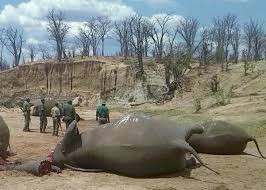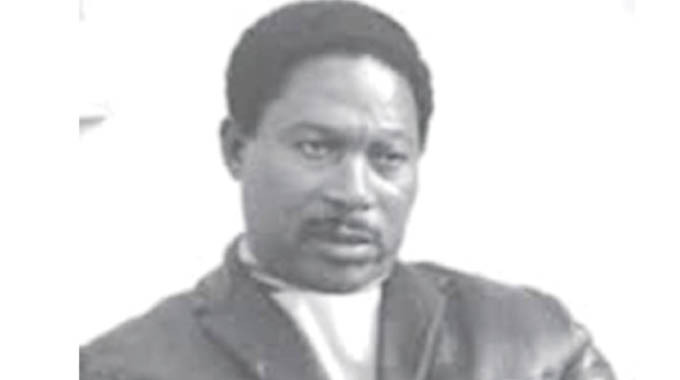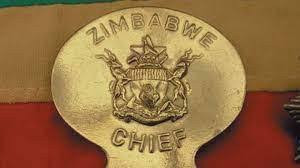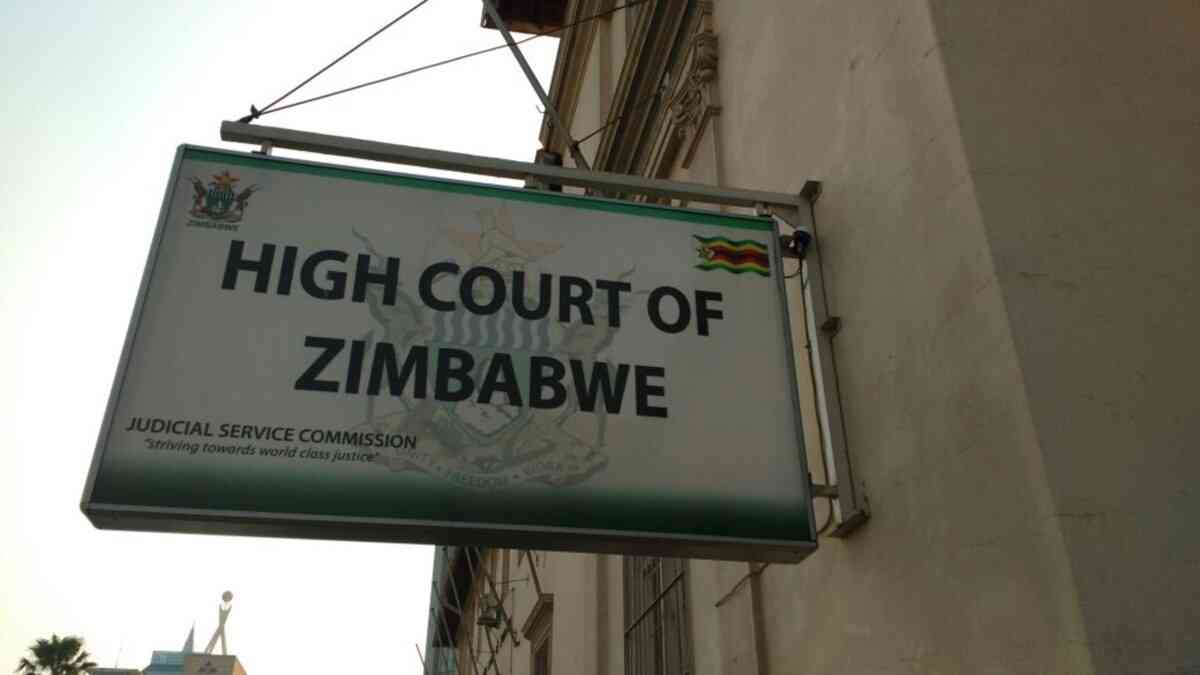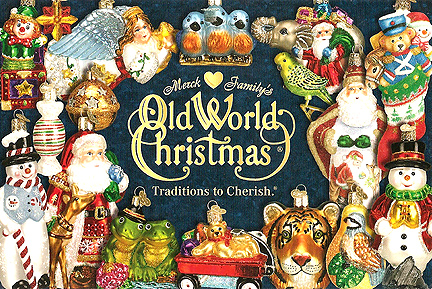
CHINA ALTHOUGH most of the world’s Christmas decorations and artificial Christmas trees are made in China only about one per cent of its people are Christian. But Christmas is catching on in the major cities where Santa Claus is called Shen Dan Lao Ren (Old Christmas Man) and can be visited in shops.
Christmas trees are found in shopping malls although plastic “trees of light” decorated with paper lanterns are becoming more popular at home. Jingle Bells is a popular song in China although few people know about the Christmas story.
Another tradition that is becoming popular is giving apples wrapped in coloured paper on Christmas Eve. This is because in Chinese, Christmas Eve is called “ping an ye” (which means silent night) and the word for apple is “ping guo” which sounds similar.
INDIA India’s 25million Christians decorate banana or mango trees and use them to adorn their houses. In southern India Christians often put small oilburning clay lamps on their fl at roofs to show their neighbours that Jesus is the light of the world. In Mumbai people often display a manger in their front window and there is great competition in making these.
Giant paper lanterns shaped like stars are hung between the houses and home-made sweets are given to visitors. Father Christmas works from a horse and cart rather than with the help of a sleigh and reindeer and is known as Christmas Baba in Hindi and Baba Christmas in Urdu.
ZIMBABWE after nearly a decade with no celebrations, since 2009 Christmas in Zimbabwe has once again offered an appealing hybrid of African and European traditions.
Christmas Day starts with a church service followed by numerous house parties that see people meandering from home to home all day long. People get out their biggest stereo speakers and put them on the streets outside their homes, playing a mix of Christmas music but also the latest pop tunes and African classics.
Zimbabwean Christmas cards feature either snow scenes or wild animals.
- Chamisa under fire over US$120K donation
- Mavhunga puts DeMbare into Chibuku quarterfinals
- Pension funds bet on Cabora Bassa oilfields
- Councils defy govt fire tender directive
Keep Reading
The special food is chicken with rice — chicken is a very expensive food and therefore a special treat.
The parties are a good place to show off new clothes together with the presents which Santa Claus has brought the children early in the morning. Sometimes Santa will arrive in town in a big red fire engine.
FINLAND the Finns believe Santa Claus lives in the north part of their country in Korvantunturi (or Lapland), north of the Arctic Circle. Letters are sent here by children from around the world.
There is a large, snowy-shrouded theme park at Rovaniemi called Santa Claus Village where he can be visited in his offi ce all year round and where you can learn to drive reindeer.
Everyone cleans their houses ready for the three holy days of Christmas. On Christmas Eve people eat rice porridge and drink plum juice in the morning. They then decorate a spruce tree and hang nuts and pieces of suet outside for the birds. At midday the “peace of Christmas” is broadcast on radio and television.
The traditional Christmas dinner casserole is eaten in the evening. People often visit the graves of relatives or light candles to remember them and many like to go for a sauna.
This is sometimes a traditional smoke sauna in a forest clearing where the air is thick with the burning wood. Full body-immersion in a frozen lake is interspersed with the beating of each other with birch twigs in the heat of the forest hut.
Pope Shenouda III breaks the bread during the Coptic Christmas ceremony, celebrated in the Cathedral (Getty)
FOR the 43 days before Christmas (Advent) Coptic Orthodox Christians eat a vegan diet and avoid anything containing animal products.
THE NETHERLANDS for most children in Holland the most important day of the year is December 5 when Sinterklaas (St Nicholas) brings them their presents. There are parties with treasure hunts and marzipan biscuits and the singing of Sinterklaas songs.
The children then leave clogs or shoes by the fireplace or on a windowsill in the hope that they will be filled with presents in the morning.
They also believe that if they leave some carrots and hay in their shoes for Sinterklaas’s horse they will be left some sweets.
They are told that during the night he will ride on the rooftops on his horse and that one of his servants known as Zwarte Piet (Black Peter) will climb through a window or down the chimney and deliver the goodies.
Children are told that bad children will be put in a sack and taken to Spain for a year to teach them how to behave. Dutch tradition says that St Nicholas lives in Madrid.
— express.co.uk

